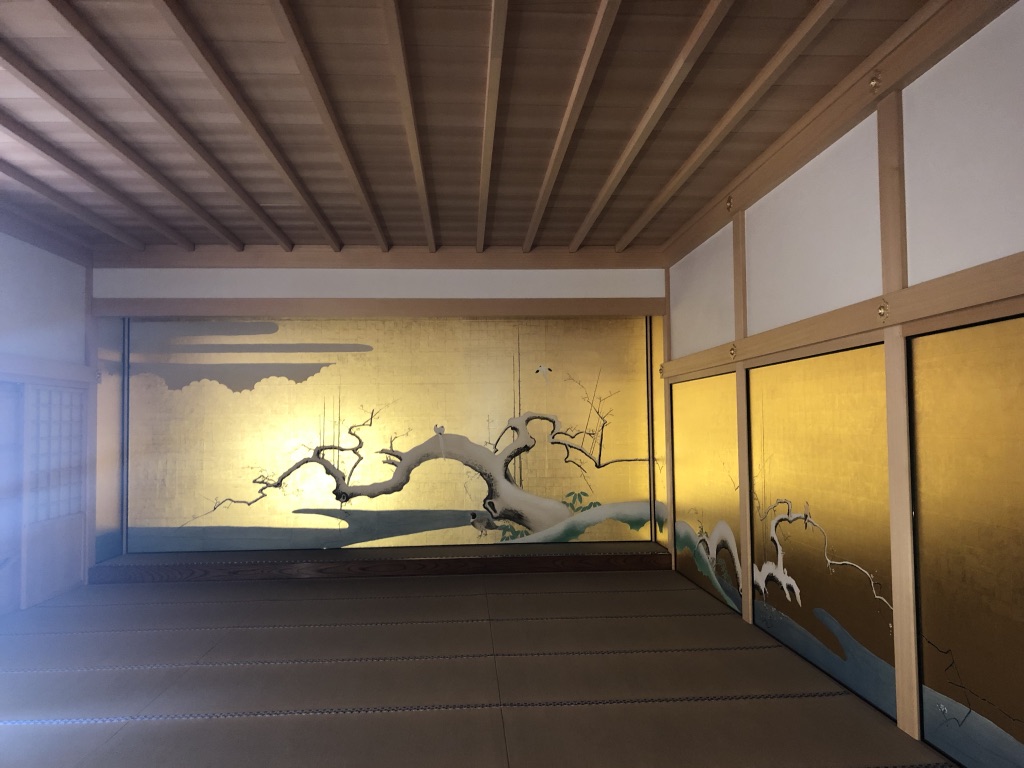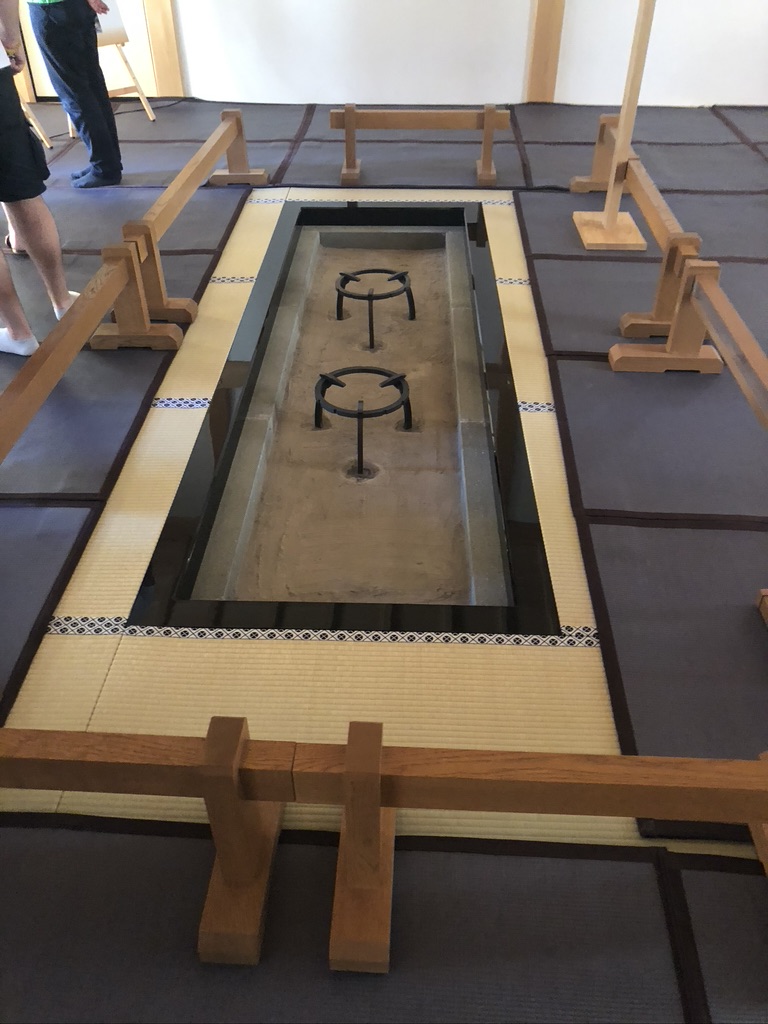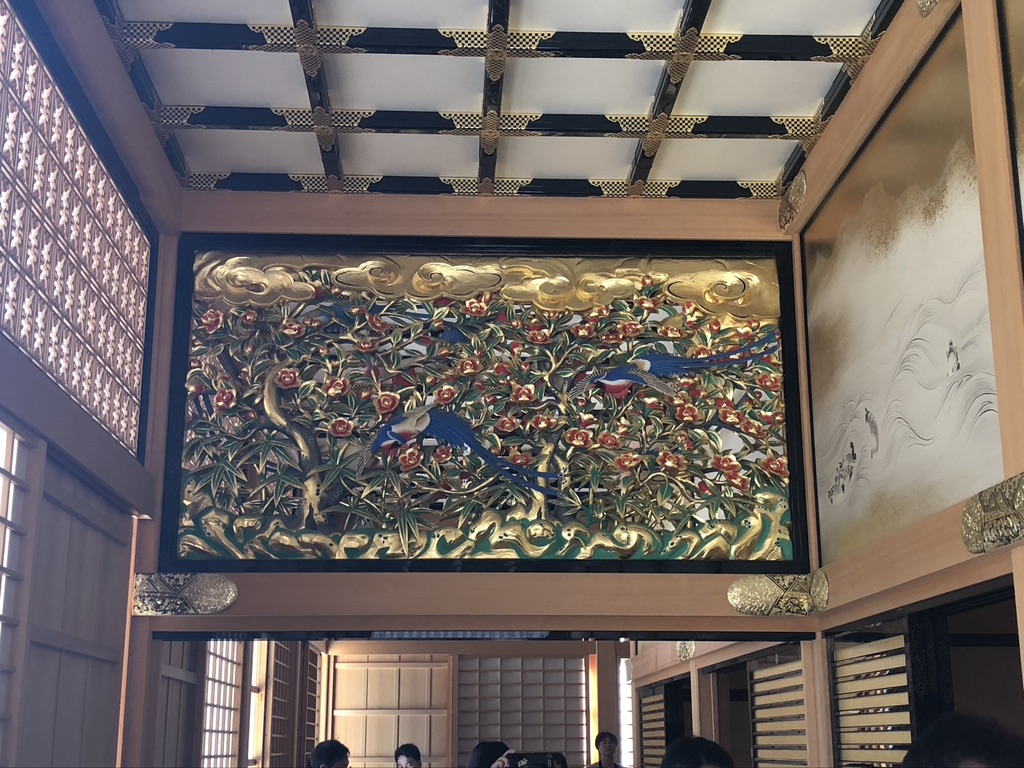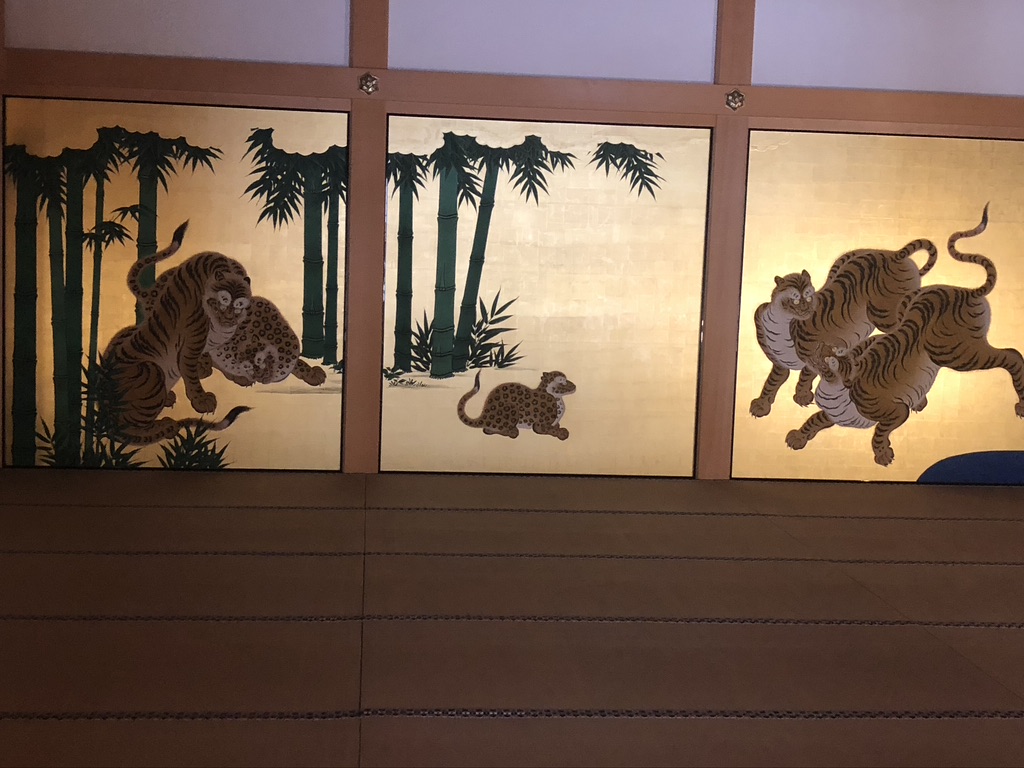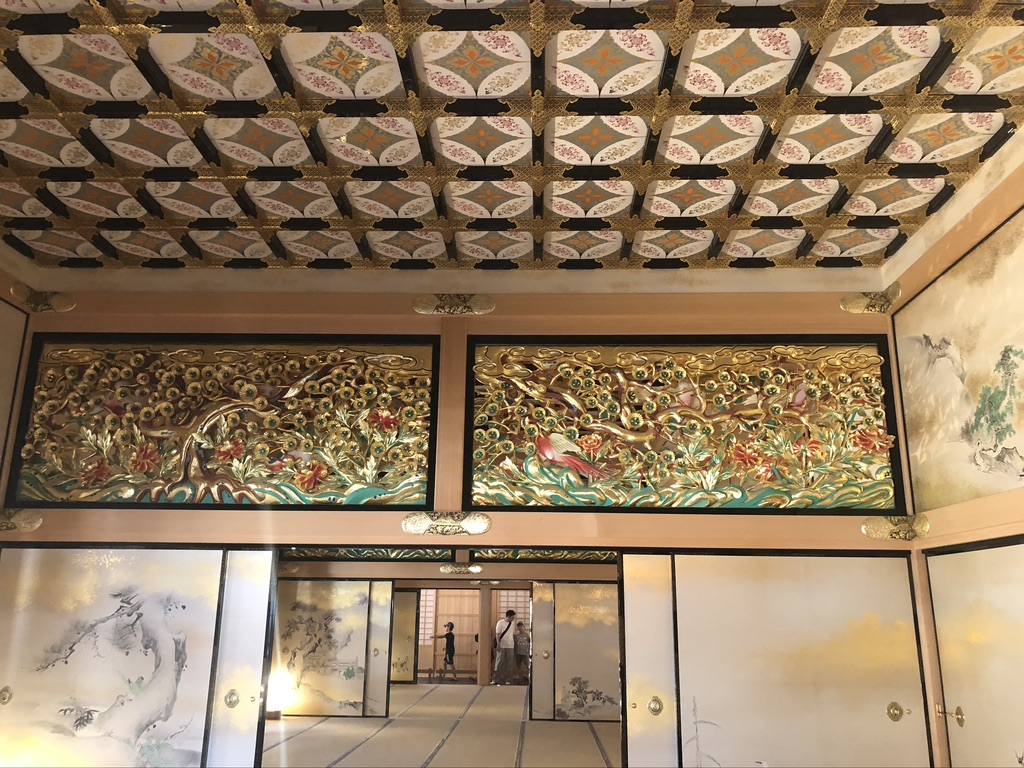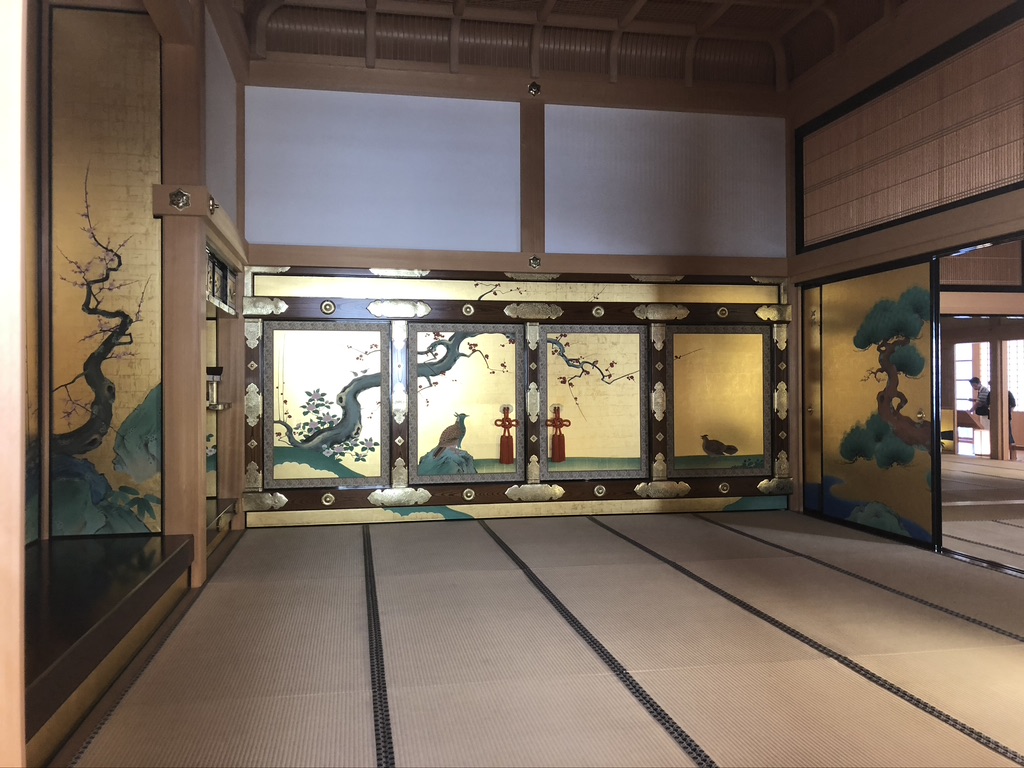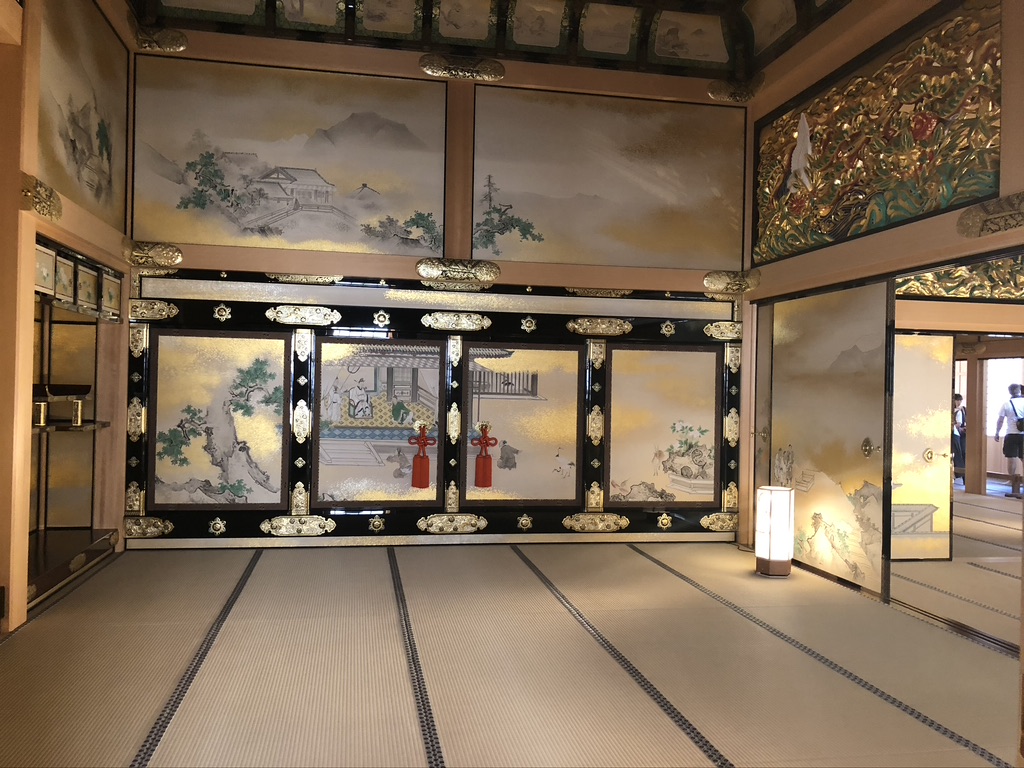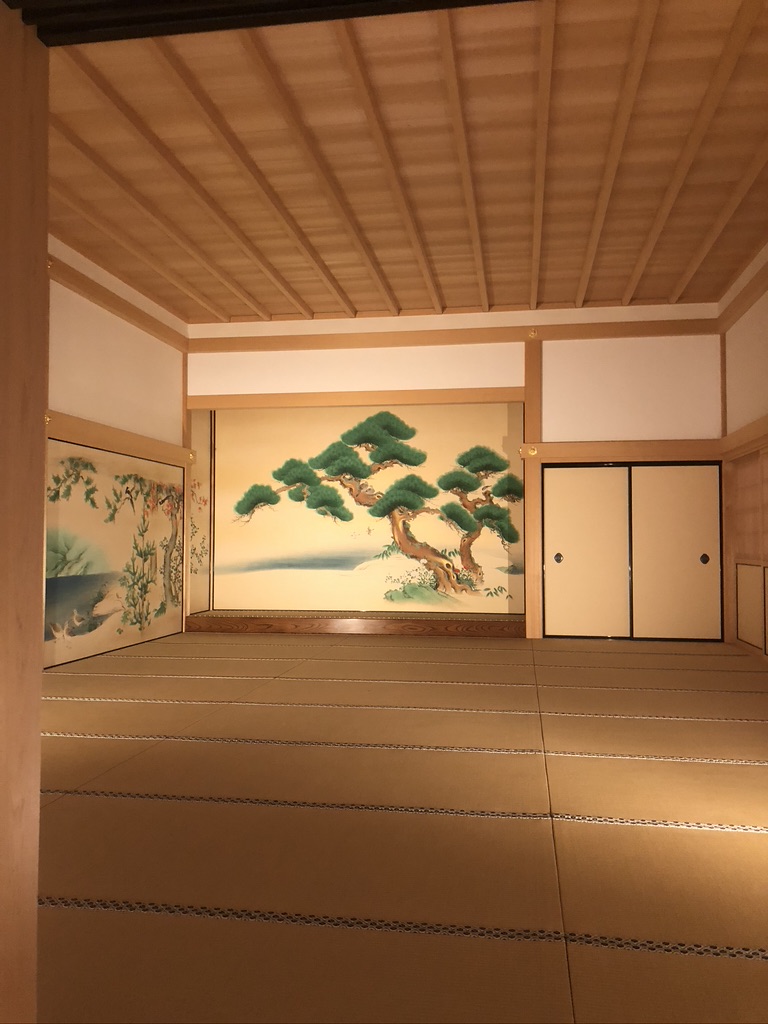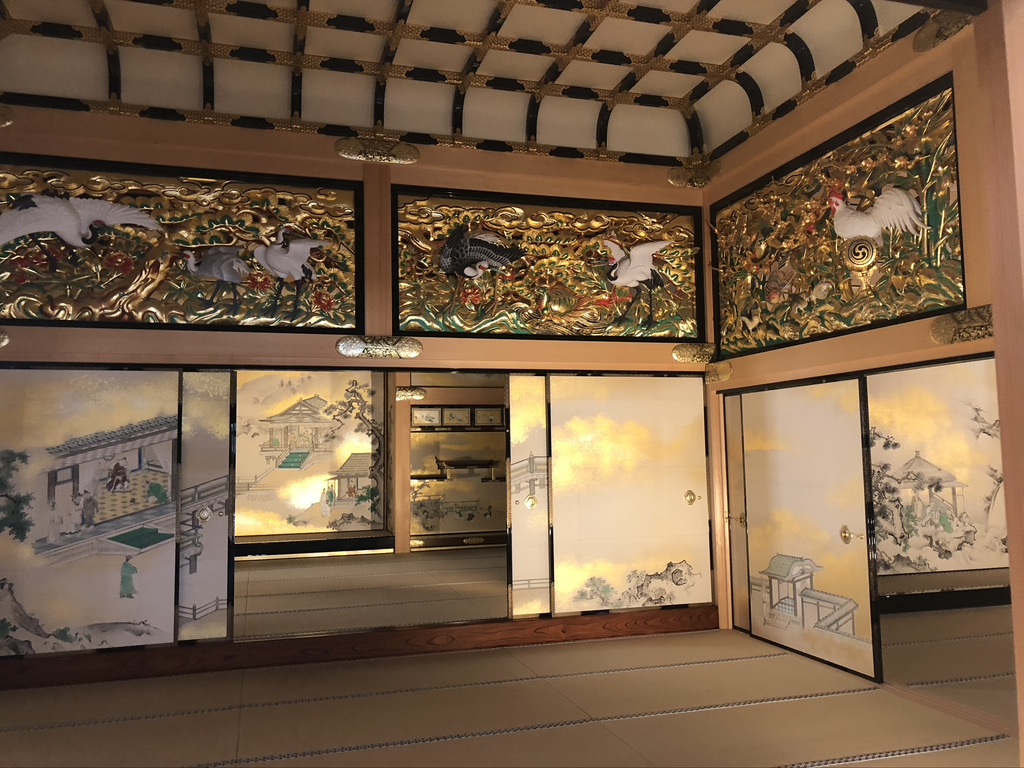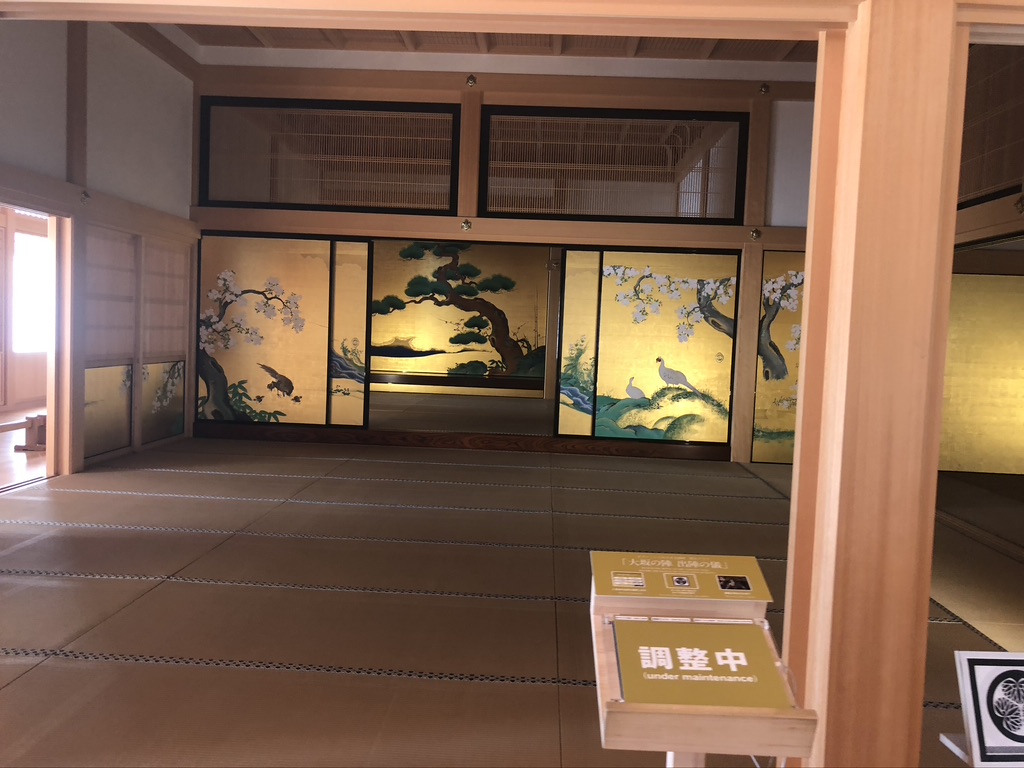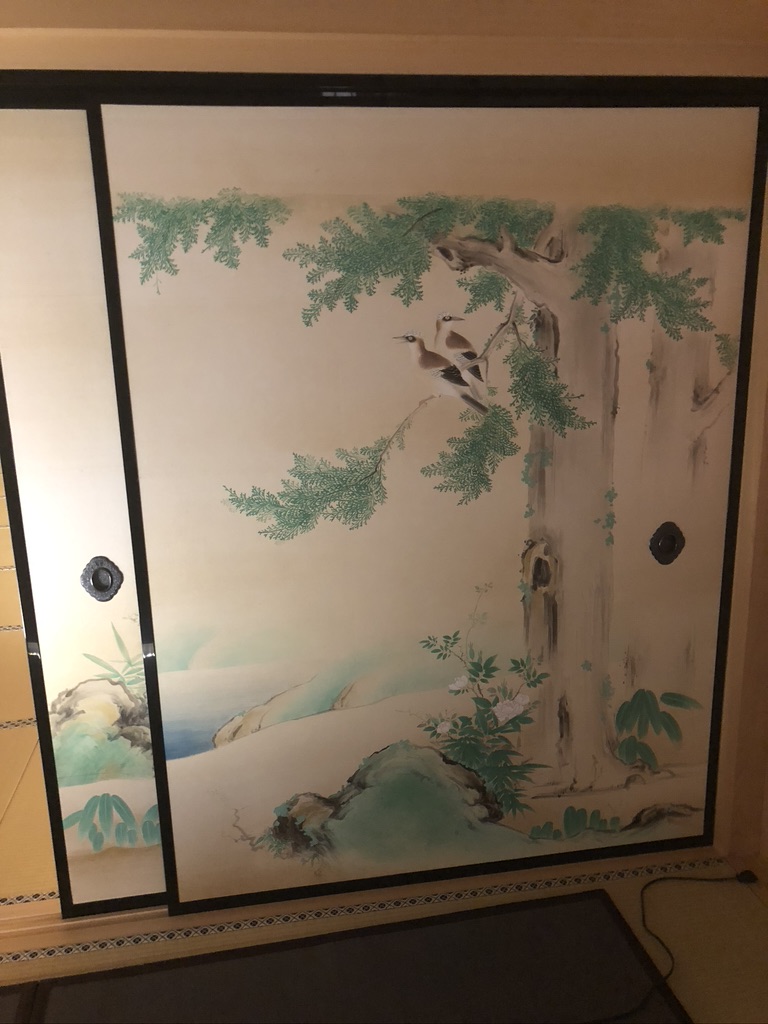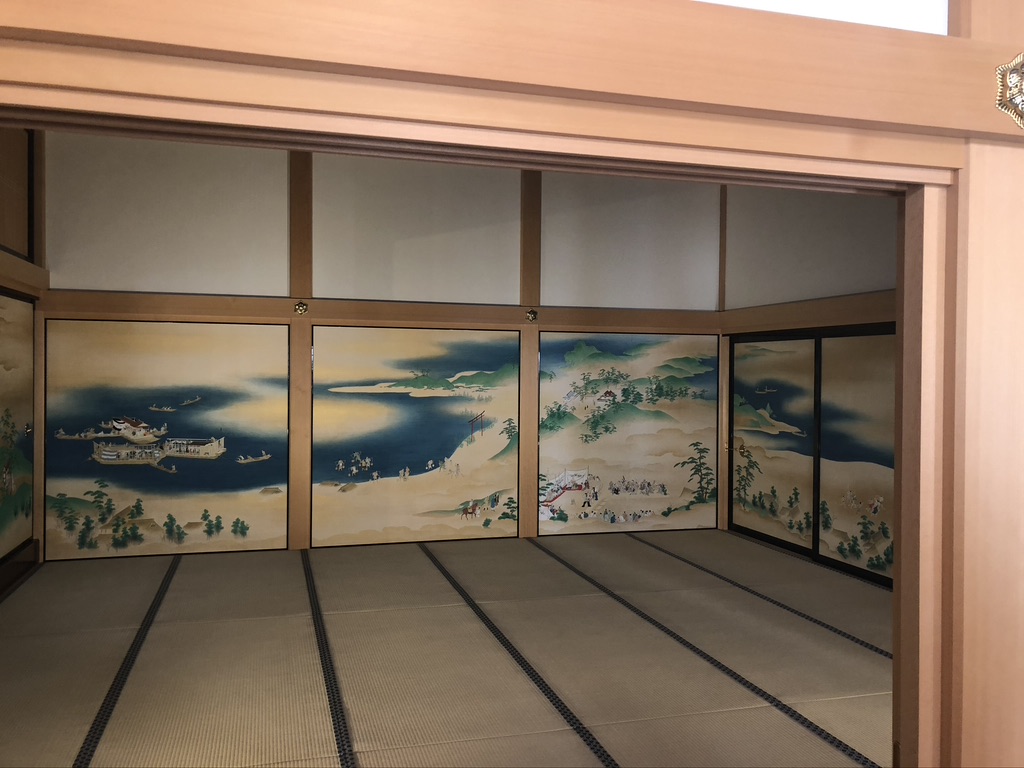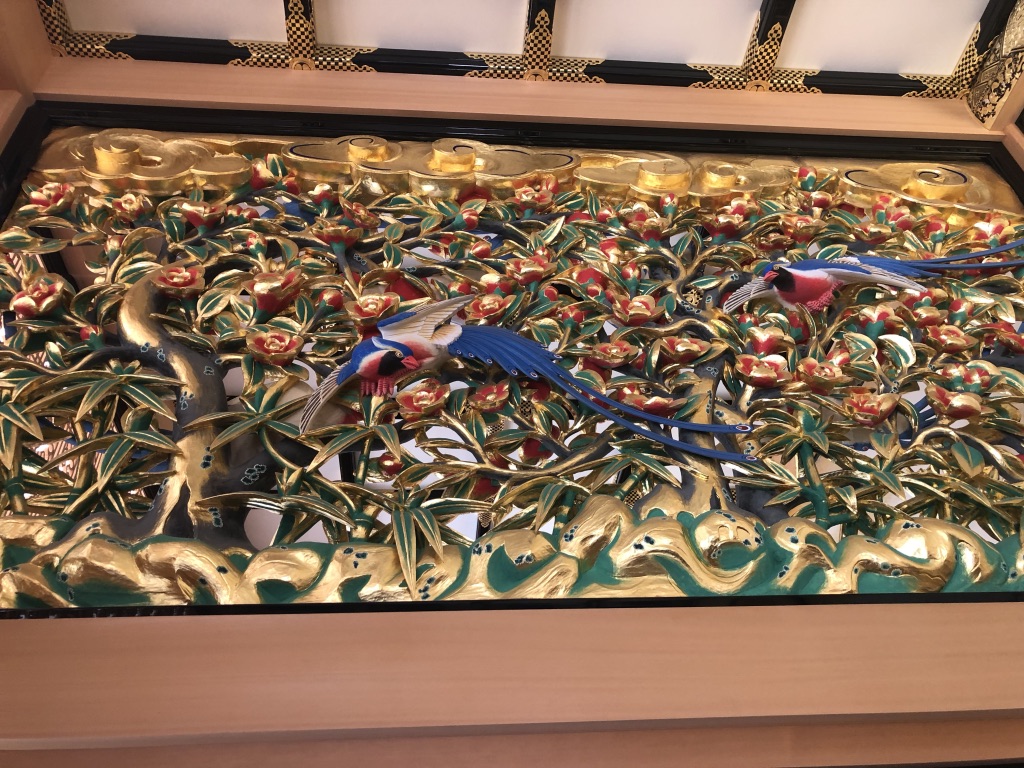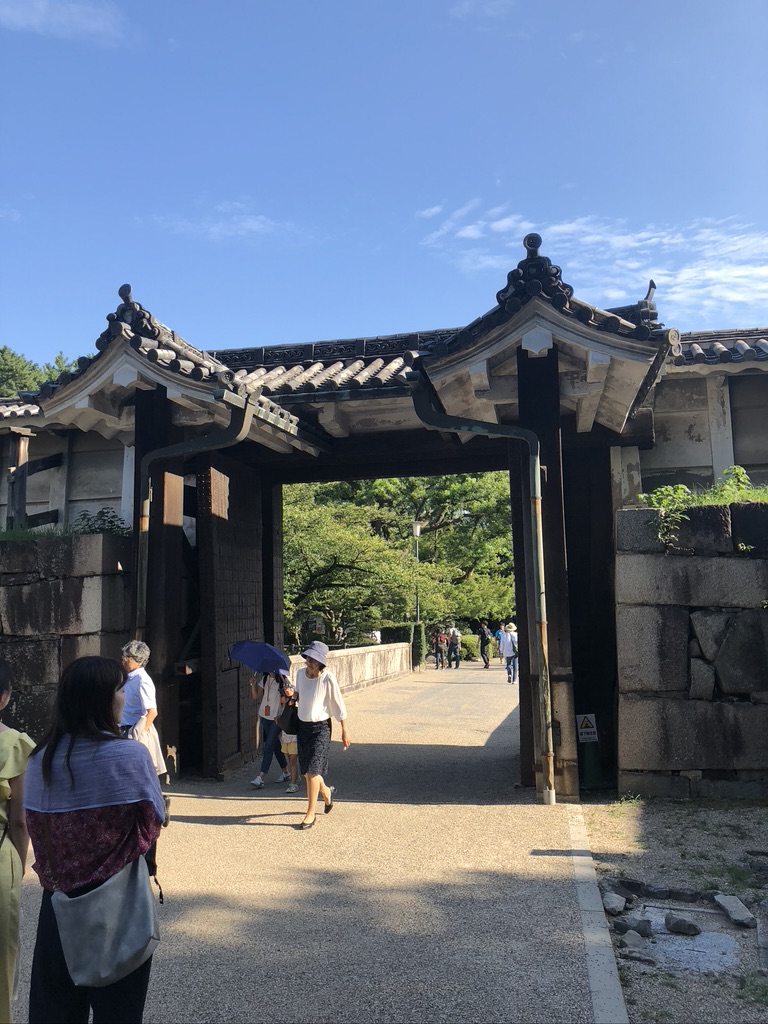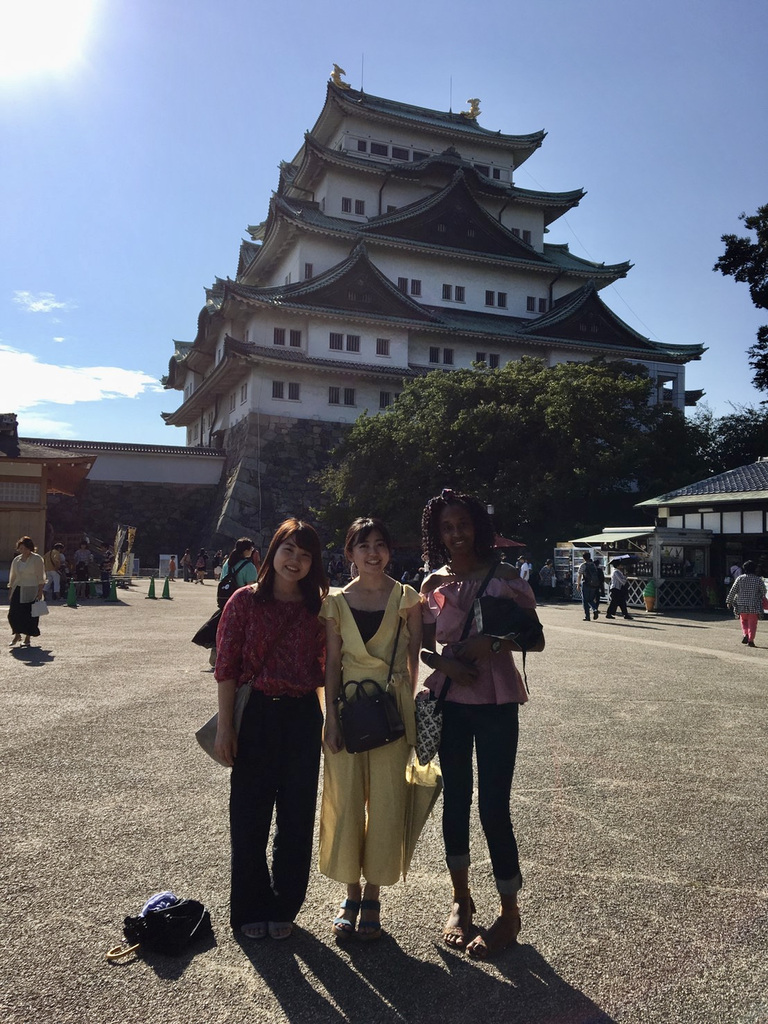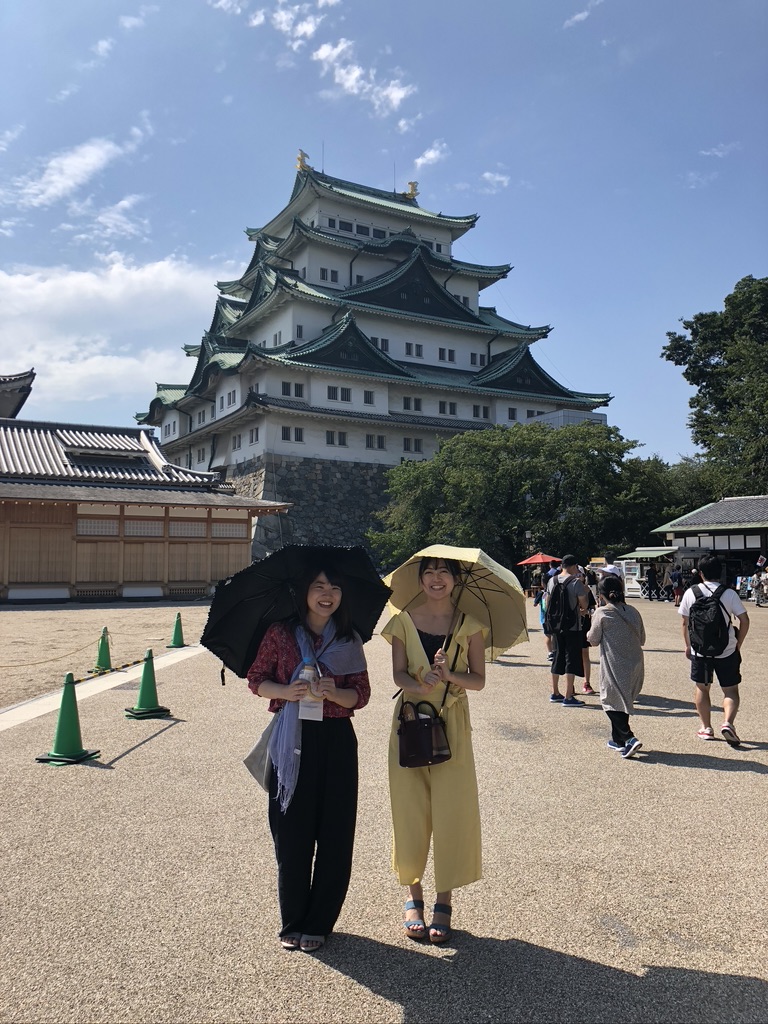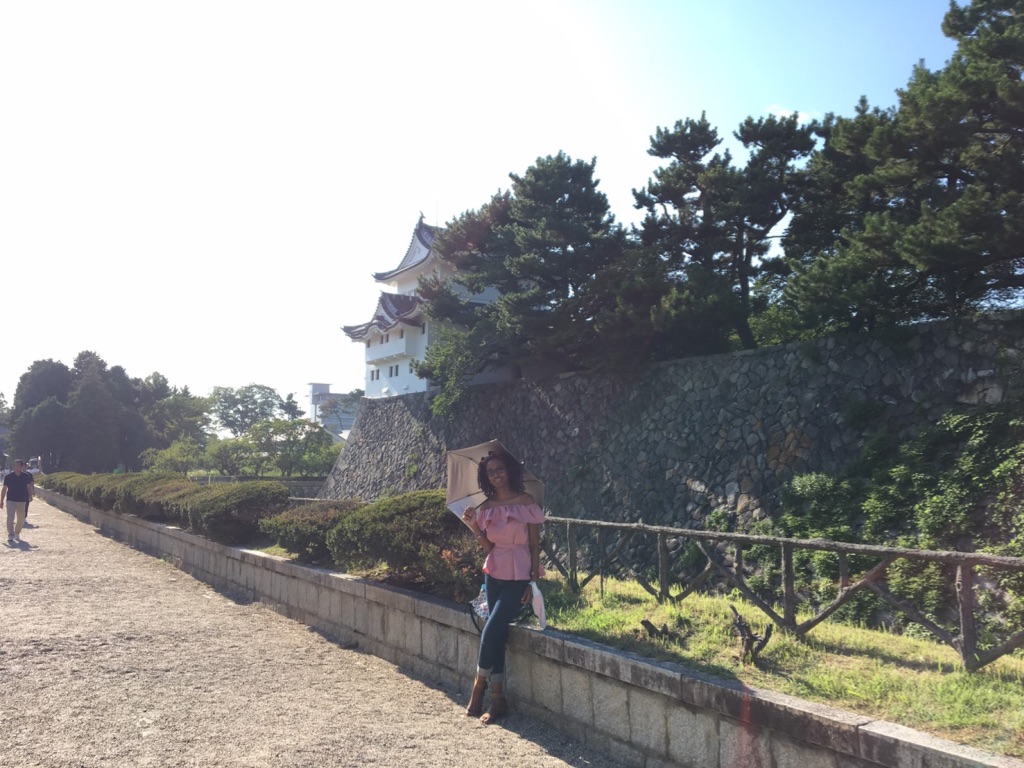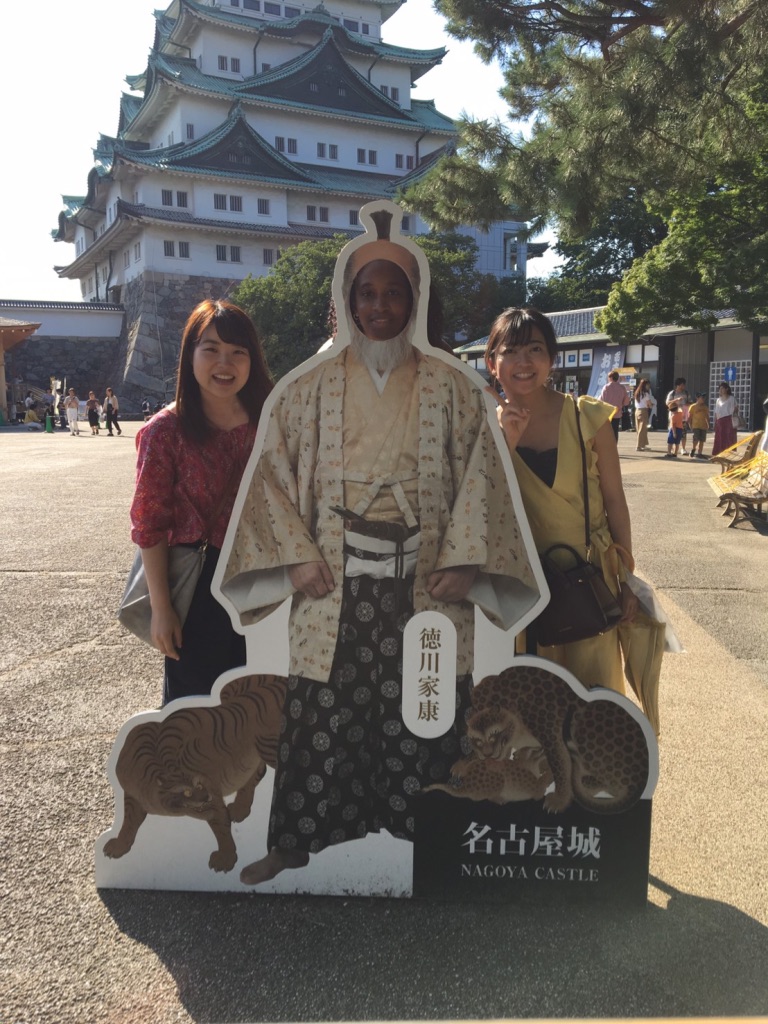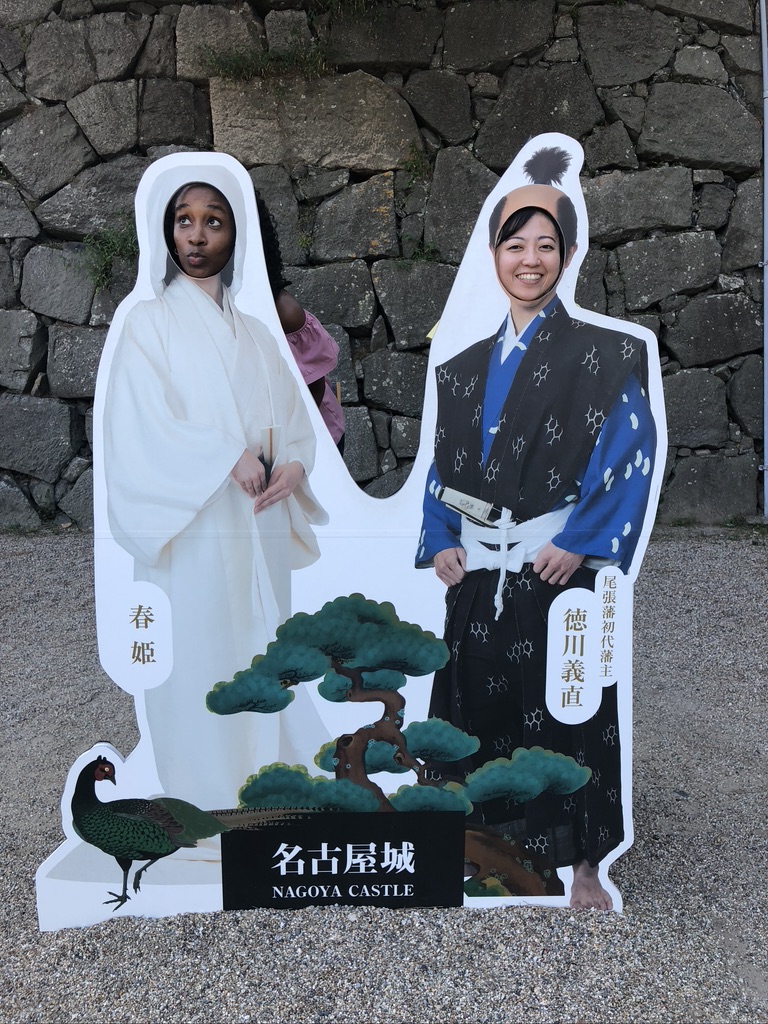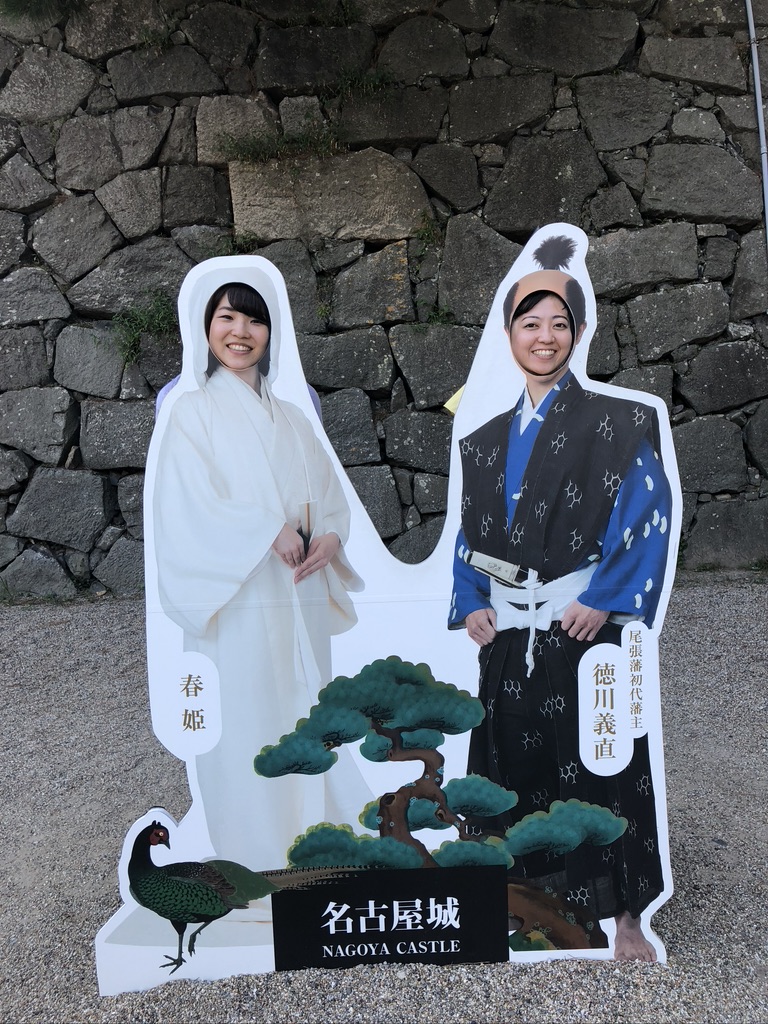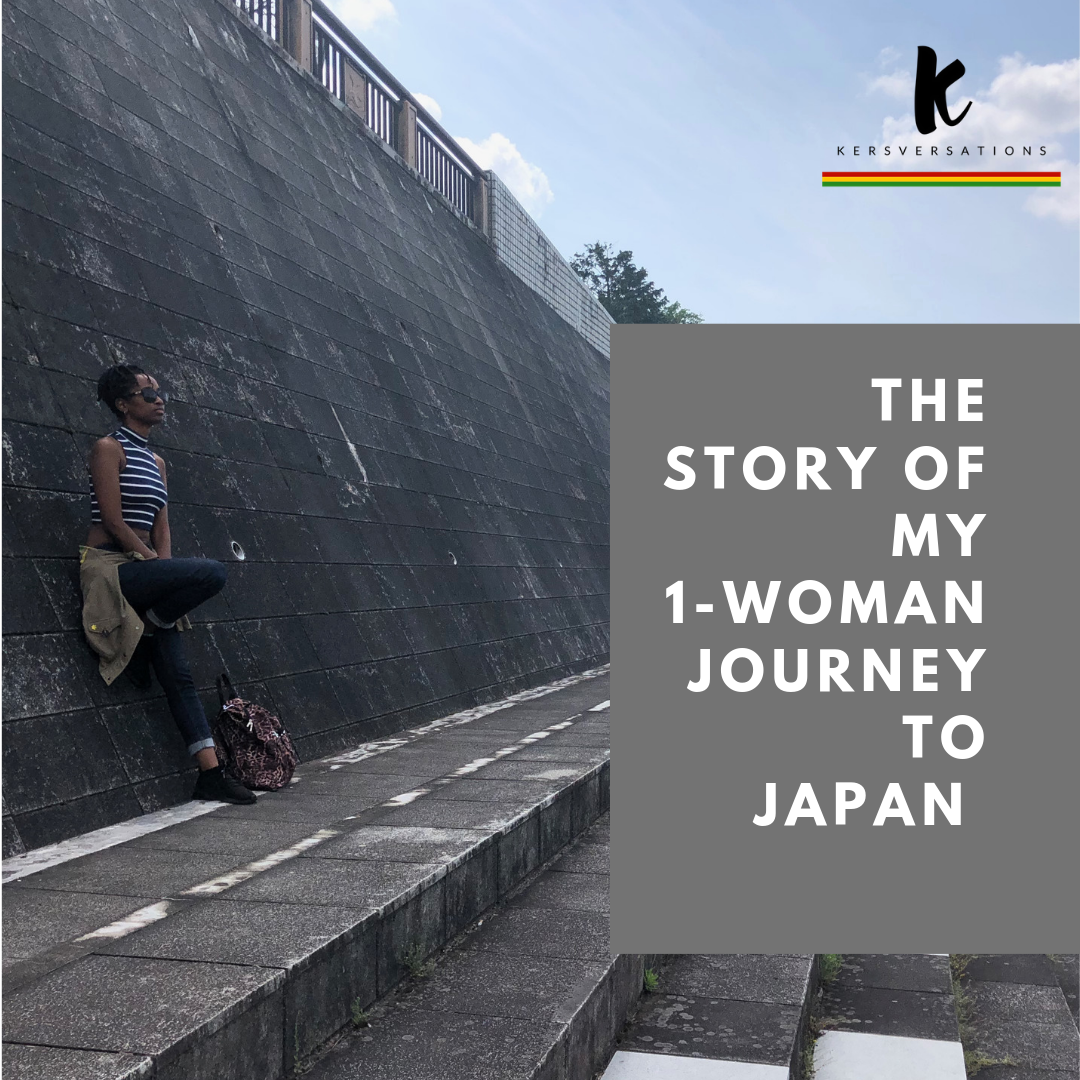Alright! So, as you may know by now. I am all about immersing myself in the culture, and castles are one of my favorite ways to do so. To me they are the most beautiful, educational and fascinating museums. Virtually a “step-into-a-time-capsule experience” And they are really well preserved in Japan. They really do an extraordinary job at keeping these castles authentic!
I recently visited the Nagoya Castle, a National Treasure of Japan.
*PAUSE*
Side bar: Nagoya is the third biggest city in Japan with a population of 2.24 million. It is more or less located in the centre of Honshu (the main island of Japan). Nagoya has a long history and is the birthplace of three notable feudal lords, Oda Nobunaga, Toyotomi Hideyoshi and Tokugawa Ieyasu. Traditional industries like ceramics and textiles as well as key modern industries like automobiles, aviation and machine tools have also been developed in Nagoya. To this day, Nagoya plays an important role in Japan’s industrial society. Also, I live about 30 minutes from this city.
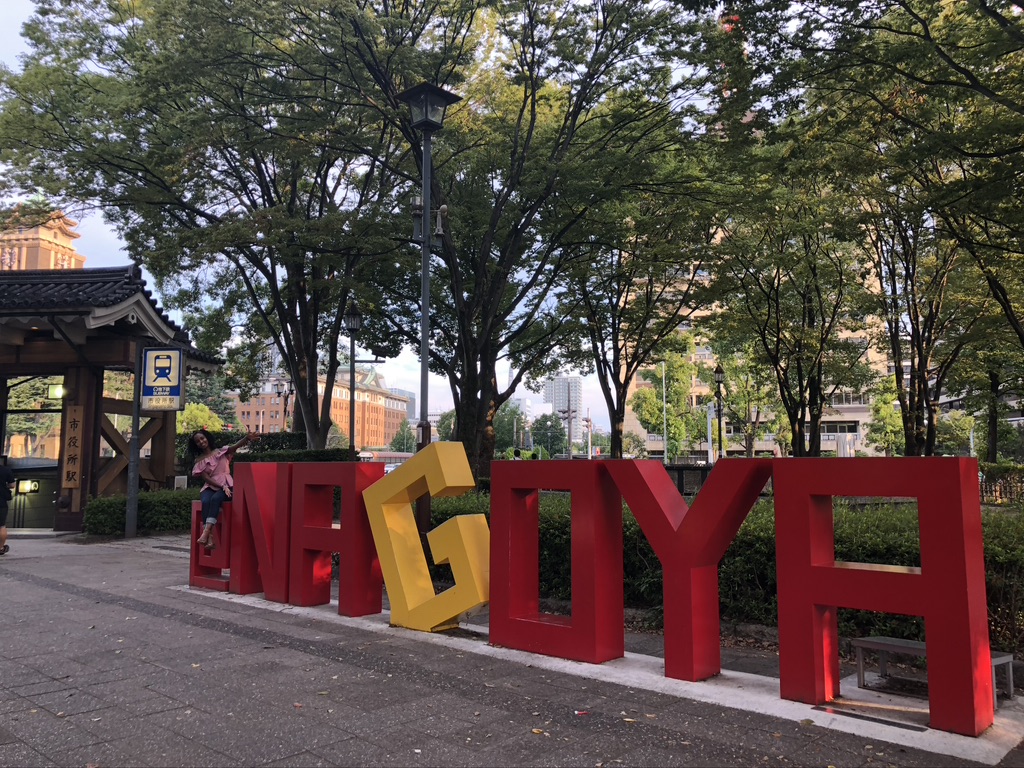
*PLAY*
Nagoya Castle was completed in 1615 by the Shogun, Tokugawa Ieyasu. Topped with golden shachihoko, votive tiger-fish roof devices, and boasting the largest floorspace of any tower keep, Nagoya Castle and its magnificent Hommaru Palace were operated as a military facility. Nagoya Castle was Japan’s first castle to be designated a National Treasure. Even after wartime air raid destruction, it was deemed historically important enough to be designated a National Historic Site. Unfortunately, the palace and much of Nagoya Castle was destroyed in wartime air raids of 1945, however using Edo period plans and other historical records, the palace was authentically restored in 2018 to its original magnificence.

Restoration work is currently being carried out on Nagoya Castle so we were unable to visit the inside, but we were able to walk around the grounds and enter the adjoining Hommaru Palace (mentioned above).
Now, like myself, you’re probably wondering what’s the difference between the palace and the castle? LOL Believe me…I was just as confused as first! So, let me break it down for you. The Hommaru Palace was originally used as the administrative offices and residences of the first feudal lord of Owari. The Hommaru Palace is a superb palace designed as the living quarters of the castle’s lord, and later for the shogun. Nagoya castle was more military aligned, and at the time, the first line of defense against then rival Osaka (2nd biggest city in Japan).
*FUN FACT*
The crafty shogun, Tokugawa Ieyasu, had the castle built at next to no personal cost by ordering 20 former enemy warlords to complete the massive construction. Sourcing and transporting the many tons of huge stones, construction materials, and labor costs placed considerable financial strain on the various lords, preventing them from spending on arms, armor and armies, thus lessening any potential for insurrection. Anyone refusing to comply would be destroyed, and so to show compliance, many would carve crests in the stones they supplied to prove their allegiance. These crests can still be seen along the stone walls.
(Well, I guess that was a not-so-fun fact for the 20 enemy warlords) LOL
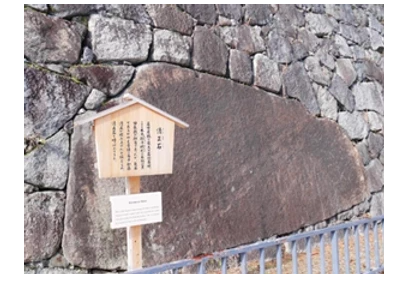
It’s a little fun getting closer to try recognizing the markings
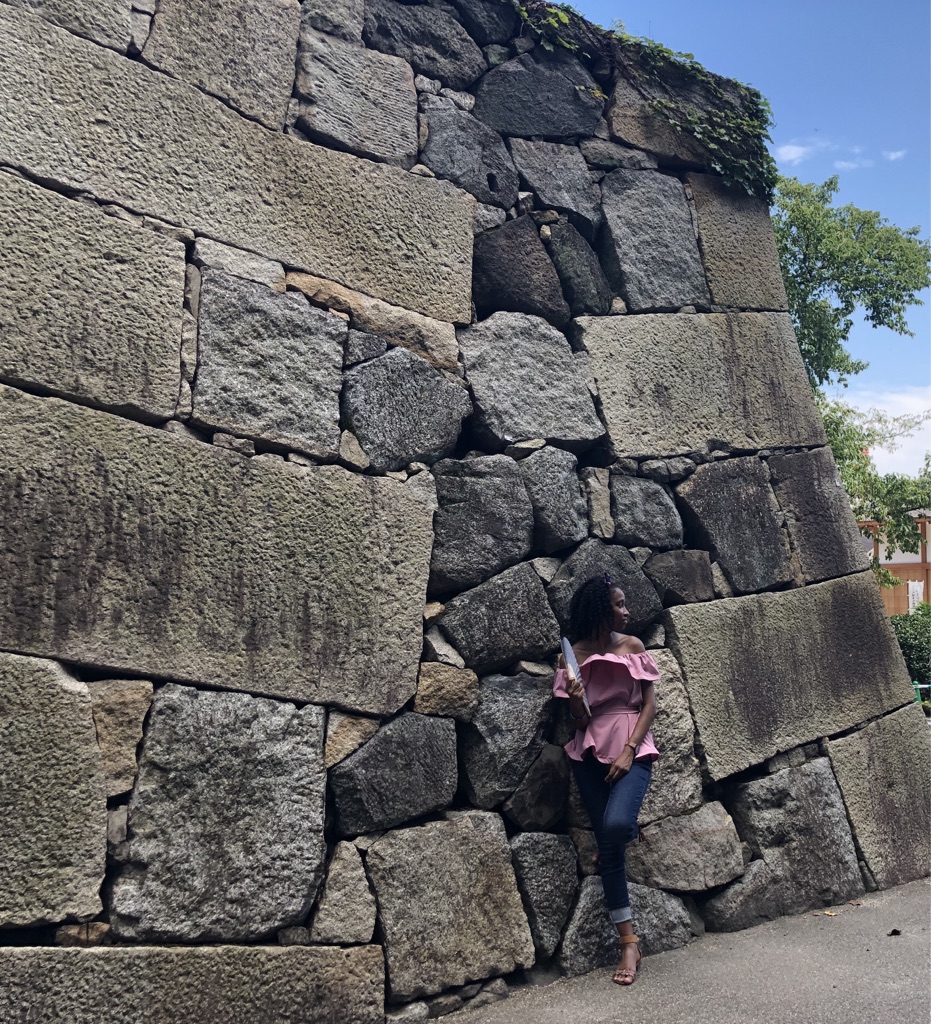
Moving along… (and out of my feelings lol)
Let’s go the inside of Hommaru Palace. While waiting in line, we watched a video of all the rules and regulations of the palace. No shoes, no food or drinks, no flash photography, no smoking, no touching ANYTHING – not even the walls… just to name a few. Listen… they were playing no games. I was completely unaware I was chewing gum until a staff member at the entrance walked briskly towards me to ask me to throw it away and even gave me tissue to do so. Like…I was in shock, a little embarrassed and yet intrigued! LOL I was more than a couple paces away from her! When did she notice? Does she look at people’s mouths all day to see if they have gum? Is that her job? Is that tissue placed there primarily for gum chewers? Even umbrellas of a certain size had to be checked in to a stand outside. But after entering, I realized why there were so many rules. THE PLACE WAS IMPECCABLE YALL!!! IM-PECC-ABLE!!!!!
The architecture and interior is GLORIOUS! The colorful paintings done on gold leaf portraying tigers, leopards and other auspicious animals, and trees, flowers and plants. Goodness!
The palace was used primarily for guests of the Lord, mainly the shogun and housed his main administrative offices. Each room had a specific purpose and the architecture and interior would depict that. The Hommaru Palace consists of 13 structures, containing over 30 rooms, and covering an area of 3,100㎡. This luxurious architectural style, known as Shoin-zukuri, was preferred by the samurai caste as formality and etiquette were highly valued. Each room’s styling denoted its rank, while the lord’s audience chamber is positioned at a higher elevation than the other rooms as a show of authority.
One of the coolest things about this castle is the QR codes added onto the information stand in front of every room. All I had to do was scan it with my phone and I got all the information I needed in English! Super cool feature Nagoya! And thank you for thinking of English speakers like myself! You guys really thought of everything! Arigatooooo!!! With this feature I didn’t need a tour guide. 🙂
After checking out Hommaru, my friends and I walked around the gardens, souvenir shops and palace grounds for a bit. Twas truly a magical afternoon. Here are some photos below:
You know, being in Japan has really taught me a lot about cultural preservation. They way they cherish and carry on traditions from thousands of years ago. Yes, they are miles ahead with some modern technologies and riding the technological waves of this era, but they do not forget. They hold on to the words of their ancestors; the architects; the monks; the great great great grands.
*PICKS UP MIRROR*
Sometimes, I feel like I don’t do enough to hold on to my heritage and I should also invest more in learning about my roots. I have started, but I promise myself to remain consistent and maybe join the conversation about introducing our local history/heritage from the infant all the way up to tertiary education.
Something to ponder on…
Thank you for reading and see you next time 😉
Next Up: TOKYO ADVENTURES! This one will be so extraaaaa special 😉
Peace, Love & Light
– Kers
References:

